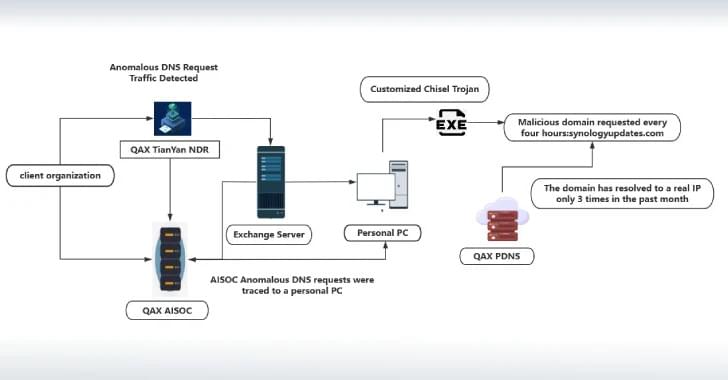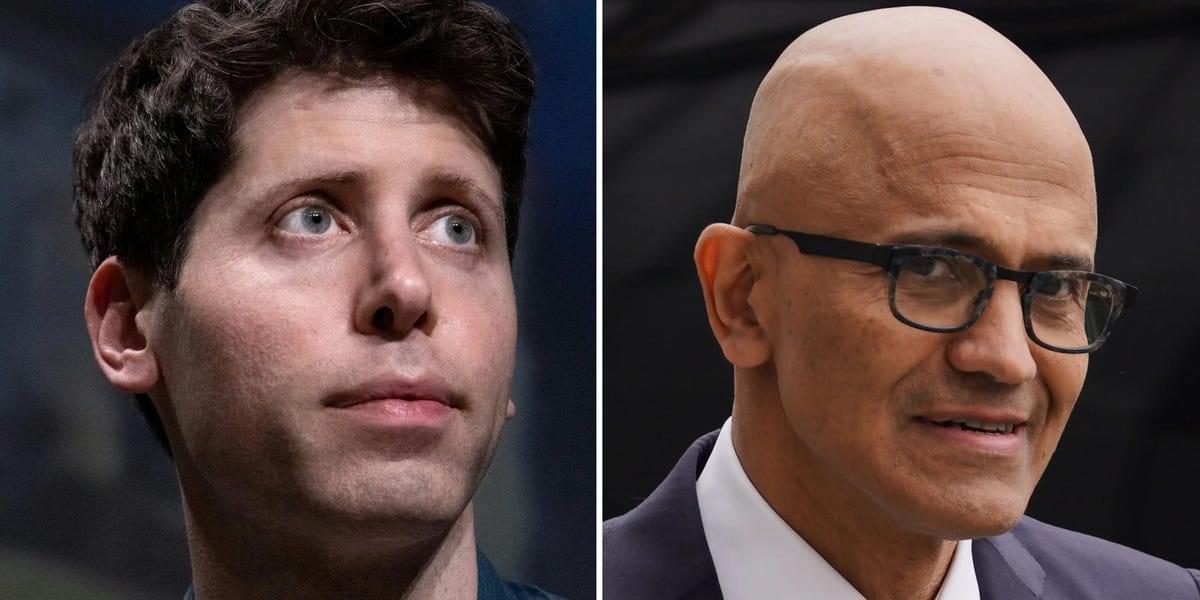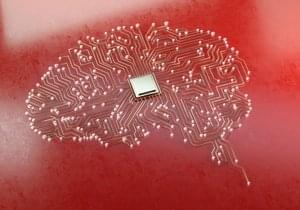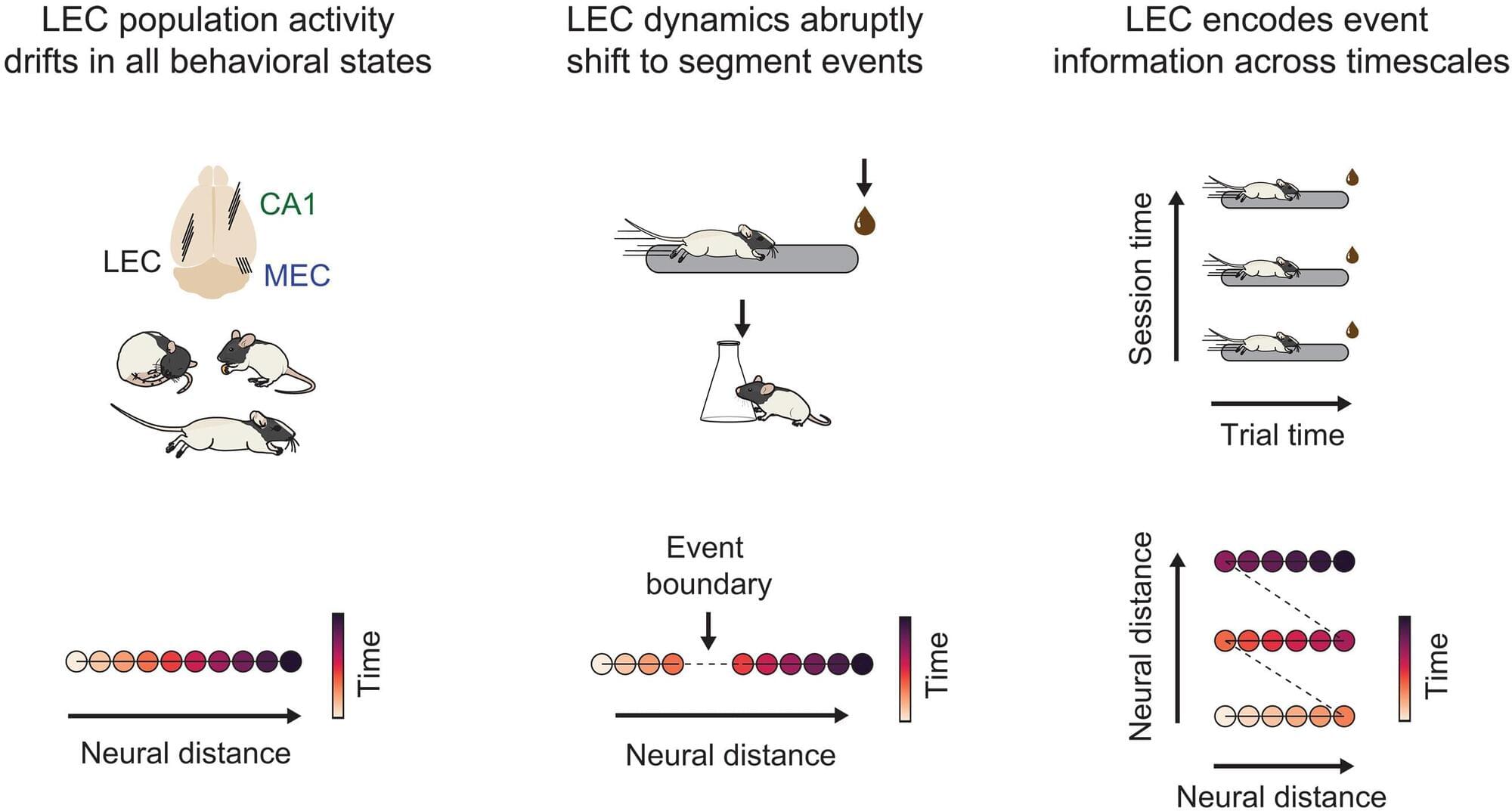TAG-140 targets Indian government sectors with DRAT V2, evolving malware and tactics for greater persistence



Cybersecurity researchers have shed light on a previously undocumented threat actor called NightEagle (aka APT-Q-95) that has been observed targeting Microsoft Exchange servers as a part of a zero-day exploit chain designed to target government, defense, and technology sectors in China.
According to QiAnXin’s RedDrip Team, the threat actor has been active since 2023 and has switched network infrastructure at an extremely fast rate. The findings were presented at CYDES 2025, the third edition of Malaysia’s National Cyber Defence & Security Exhibition and Conference held between July 1 and 3, 2025.
Nothing means anything without our brains. Not science, not theology, not politics, not love.
Donate to Closer To Truth and help us keep our content free and without paywalls: https://shorturl.at/OnyRq.
For all of our video interviews please visit us at: www.closertotruth.com

Wang Wei and Deng Ziqing, the co-corresponding authors, determined that a shortage of this retinoic acid prevented mice from regenerating their ear pinna (the outer ear).
Researchers have demonstrated that a genetic switch for organ regeneration exists, after restoring damaged outer ears in mice.
This has ignited hope that similar switches might exist for other organs, even in humans.
The study conducted by the National Institute of Biological Sciences, Beijing, zeroes in on a crucial molecule: retinoic acid, a derivative of vitamin A.




Recent advances suggest the technology is hitting its stride. The UC Davis team’s speech synthesis system represents a fundamental shift from previous approaches. Rather than translating brain signals into text and then synthesizing speech — a process that created significant delays — UC Davis’ system converts thoughts directly into sounds with near-instantaneous 10-millisecond latency.
H2]:text-3xl pb-8
Meanwhile, researchers at Carnegie Mellon achieved real-time control of individual robotic fingers using non-invasive EEG technology, wearing a cap that reads brain signals through the skull. This suggests that future brain interfaces might not require surgery at all for certain applications.

The brain doesn’t merely register time—it structures it, according to new research from the Kavli Institute for Systems Neuroscience published in Science.
The research team led by NTNU’s Nobel Laureates May-Britt and Edvard Moser, from the Kavli Institute for Systems Neuroscience, is already known for their discovery of the brain’s sense of place.
Now they have shown that the brain also weaves a tapestry of time: The brain segments and organizes events into experiences, placing unique bookmarks on them so that our lives don’t become a blurry stream, but rather a series of meaningful moments and memories we can revisit and learn from.
Tokyo researchers create 6-DoF hand-control system using gestures and motion tracking for precise drone operation in complex spaces.